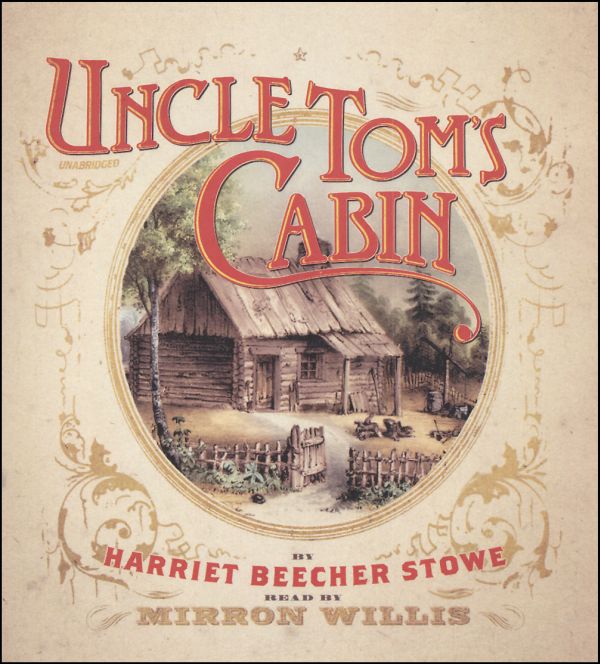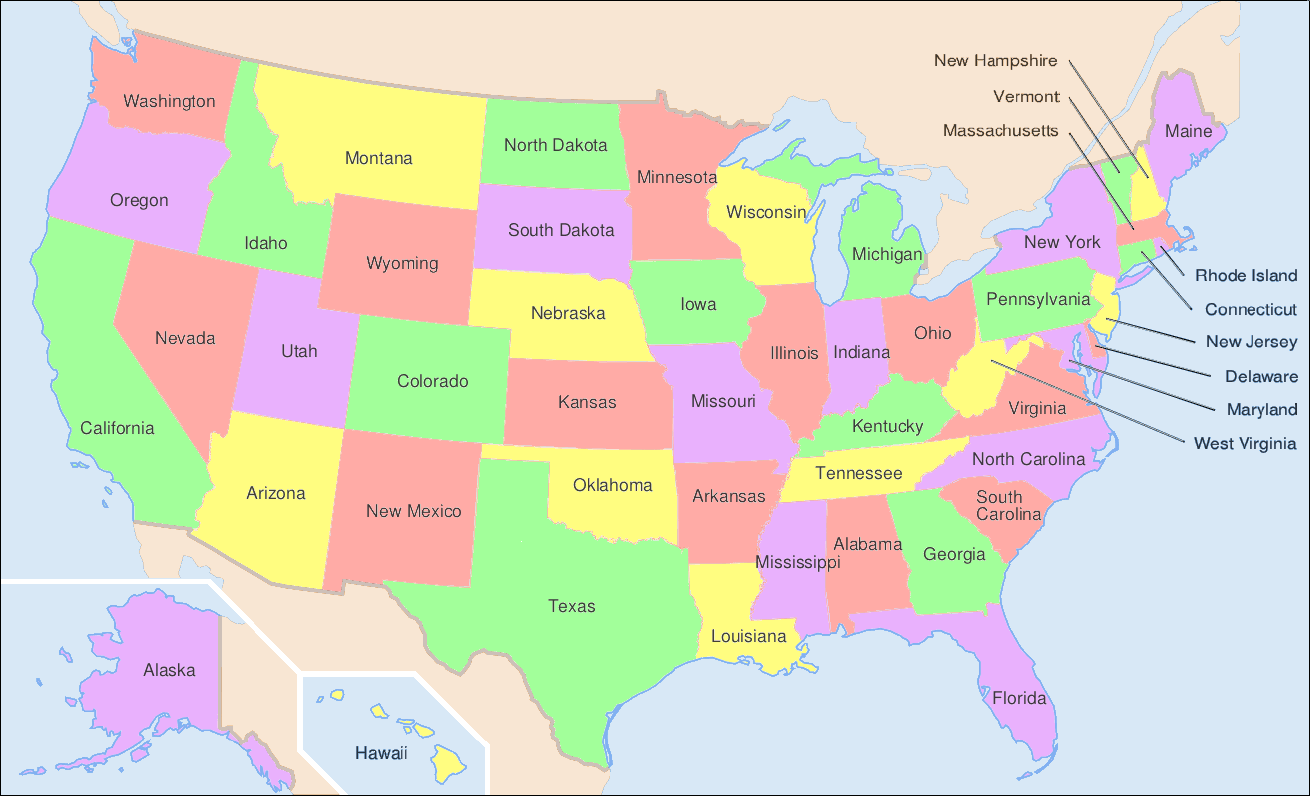The first installment of the serial “Uncle Tom’s Cabin” appeared in a periodical on June 5, 1851. The serial’s popularity was so immense that it was published as a book the following year. A groundbreaking abolitionist work, the book also popularized several inaccurate and offensive black stereotypes.
Harriet Beecher Stowe and the Writing of “Uncle Tom’s Cabin”
Harriet Beecher Stowe was a teacher from Connecticut and an abolitionist whose sentimental storytelling was read by tens of thousands of readers when “Uncle Tom’s Cabin” was first published as a serial in the abolitionist periodical National Era in 1851. The 19th-century tradition of serialization allowed writers to publish longer works that were often republished as books if they proved popular. Charles Dickens and William Makepeace Thackeray were two of many novelists whose famous works first appeared in magazines and paperback serials.
Stowe did make some alterations to “Uncle Tom’s Cabin” before it appeared in book form in 1852. Moreover, as academic Wesley Raabe notes, the experience of reading a story as a newspaper serial and as a novel are quite different. “[N]ewspaper publication alters the reception of readers, even when words are the same as a book version. For many in the serial audience, the story was read aloud in a familial setting, with listeners gathered around to hear the latest installment each week … Memorable character sketches, of which Stowe was a master, are more easily remembered than intricate plotting, whose pleasures are better suited to silent reading, reflection, and the important ability to thumb back to an earlier passage.”
“Uncle Tom’s Cabin” sold more than 300,000 copies within a year of publication, and, next to the Bible, became the bestselling American book of the 19th century. It was eventually translated into 20 different languages.
The Controversy Over “Uncle Tom’s Cabin”
Some 19th-century critics objected to what they believed was a too-negative and inaccurate depiction of slavery. Stowe felt obliged to set the record straight in 1853’s “A Key to Uncle Tom’s Cabin,” in which she presents the research that inspired her fiction. Reviewing a 1987 Showtime adaptation of the novel, John J. O’Connor wrote for The New York Times that in the companion book, Stowe claimed that “despite the melodrama, her novel was based on the stories of actual people and events.”
The most liberal abolitionists, meanwhile, felt the book was not “strong enough” in its call to immediately end slavery, according to the Harriet Beecher Stowe Center. They “disliked Stowe’s tacit support of the colonization movement, and suggested that Stowe’s main character Tom was not forceful enough.”
Sources in this Story
- The New York Times: When Dickens Came Via the Installment Plan
- University of Virgina: Uncle Tom’s Cabin & American Culture: The National Era Version of Uncle Tom’s Cabin: Historical and Textual Introductiion, by Wesley Raabe
- Publishers’ Bindings Online: Uncle Tom’s Cabin: A 19th Century Bestseller
- The New York Times: Uncle Tom’s Cabin
- Harriet Beecher Stowe Center
- National Geographic News: “Uncle Tom” Today: From Slavery to Obscurity?
- University of Virginia: Stowe, Harriet Beecher. Uncle Tom’s cabin, or Life among the lowly
The Legacy of “Uncle Tom’s Cabin”
According to National Geographic, there apparently was a real Uncle Tom—a slave named Josiah Henson who published his memoirs in 1849 and bore many resemblances to Stowe’s hero. The article goes on to note that the term “Uncle Tom” surfaced at the beginning of the century, but for decades the book was seldom seen, bought or read. A renewed focus on women writers in the mid-1970s led to the book’s resurgence, and since then, “Uncle Tom’s Cabin” has been a staple of middle- and high-school reading lists. Outside the classroom, its sales are dismal.
The full text of “Uncle Tom’s Cabin” is made available on the University of Virginia’s e-text database. Browse by chapter, read introductory material or read the site’s contextual articles on the book.
This article was originally written by Liz Colville; it was updated May 12, 2017.
















